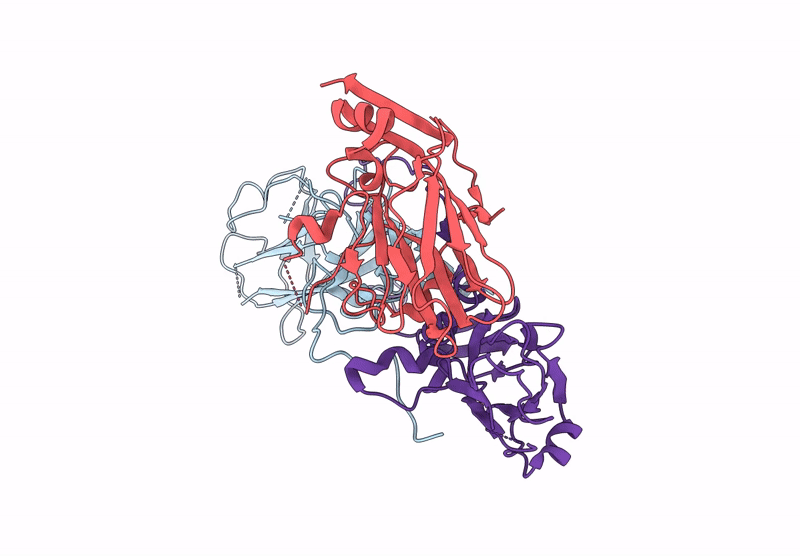
Deposition Date
2022-11-18
Release Date
2023-02-01
Last Version Date
2025-07-02
Entry Detail
PDB ID:
8HI2
Keywords:
Title:
Structure of EV71 VLP frozen at -183 degree embedded in crystalline ice
Biological Source:
Source Organism:
Enterovirus A71 (Taxon ID: 39054)
Host Organism:
Method Details:
Experimental Method:
Resolution:
3.20 Å
Aggregation State:
PARTICLE
Reconstruction Method:
SINGLE PARTICLE


